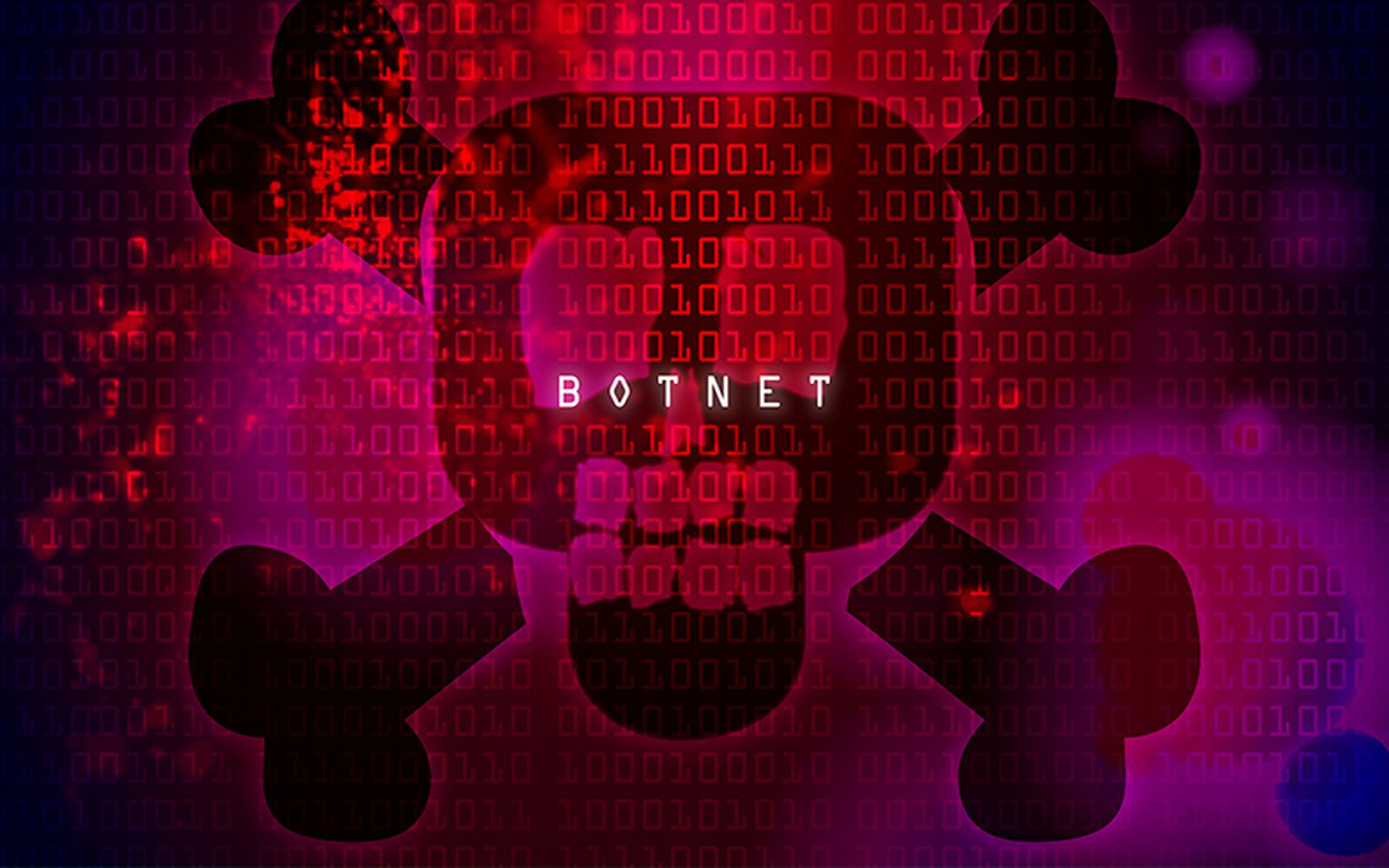Nation state cyberattacks are becoming more frequent, varied and open, moving us closer to advanced cyberconflict than at any time since the inception of the internet.
That shouldn’t surprise the average security team. But research sponsored by HP and conducted by Dr. Mike McGuire, senior lecturer in criminology at the University of Surrey, puts the picture into sobering focus.
In addition to the analysis of nation state cyberattacks, the research draws upon first-hand intelligence gathered from informants across the dark web and consultations with an expert panel of 50 leading practitioners in relevant fields (such as cybersecurity, intelligence, government, academia, and law enforcement).
The findings paint a clear picture of escalations in tensions, supported by increasingly complex structures that intersect with the underground cybercrime economy – referred to as the Web of Profit.
The research involved an analysis of more than 200 cybersecurity incidents associated with nation state activity since 2009 and shows the enterprise is now the most common target (35%), followed by cyber defence (25%), media and communications (14%), government bodies and regulators (12%), and critical infrastructure (10%).
Among the key takeaways:
- 64% of the expert panel said 2020 presented a ‘worrying’ or ‘very worrying’ escalation in tensions, with 75% saying COVID-19 presented a ‘significant opportunity’ for nation states to exploit.
- ‘Supply chain’ attacks saw a rise of 78% in 2019; between 2017 and 2020 there were over 27 distinct supply chain attacks which could be associated with nation state actors.
- Over 40% of incidents analyzed involved a cyberattack upon assets that had a physical, as well as a digital, component – for example, an attack on an energy plant – a phenomenon labelled as ‘hybridization’.
- Tactics used by nation states to acquire COVID-19-related IP data appear to have been road-tested by cybercriminals, which is characteristic of the way nation states have become beneficiaries of and contributors to the Web of Profit that constitutes the cybercrime economy.
- There is evidence that nation states are ‘stock-piling’ Zero Day vulnerabilities, while 10-15% of dark net vendor sales go to ‘atypical’ purchasers, or those acting on behalf of other clients, such as nation state actors.
While a fifth (20%) of incidents analyzed involved sophisticated, custom-made weapons (such as targeted malware or weaponized exploits, probably developed within dedicated state cybersecurity programs), 50% involved low budget, straightforward tools that could be easily purchased on the dark net.
Fifty percent of the tools were built for surveillance, while 15% enable network incursion and positioning, 14% were for damage or destruction, and just 8% for data extraction. This suggests that nation states are more focused on listening than stealing -- for now.
“Cybercrime economies are shaping the character of nation-state conflicts,” McGuire wrote in the report. “There is also a ‘second generation’ of cyberweaponry in development that draws upon enhanced capabilities in computing power, AI and cyber/physical integrations.”
One such example, he wrote, is “Boomerang” malware -- captured malware that can be turned inward to operate against its owners. Nation states are also developing weaponized chatbots to deliver more persuasive phishing messages, react to new events and send messages via social media sites.
“In the future, we can also expect to see the use of deep fakes on the digital battlefield, drone swarms capable of disrupting communications or engaging in surveillance, and quantum computing devices with the ability to break almost any encrypted system,” McGuire wrote.
Download the report: Nation States, Cyberconflict and the Web of Profit


